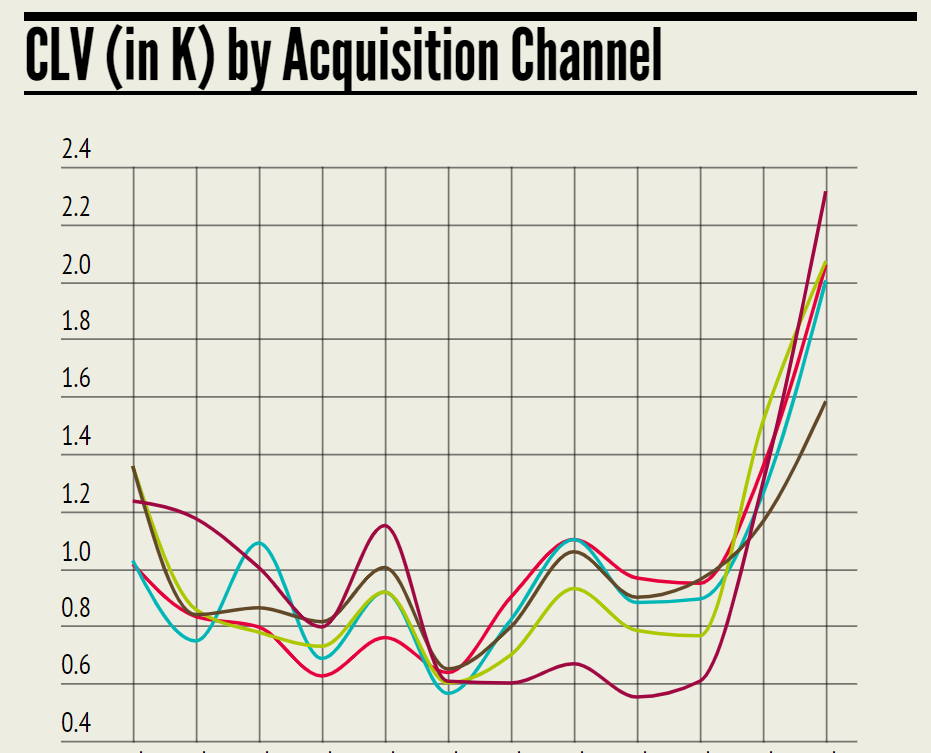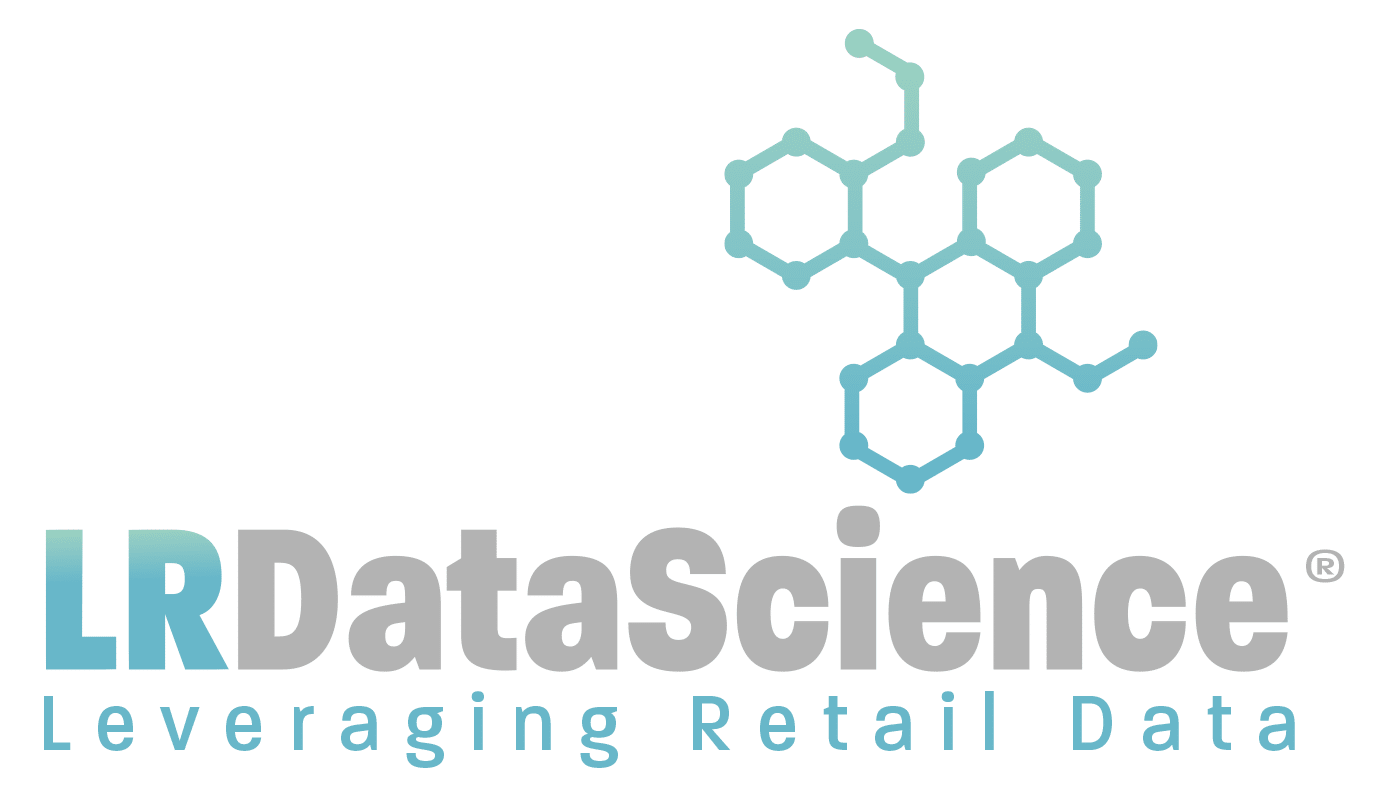Foundations
Predicting Customer Lifetime Value with LR Data Science
Many of you might have heard of the term “Customer Lifetime Value” or “Valuable Customer”. What does it mean? What is it that make a customer valuable? How could we be predicting Customer Lifetime Value? Before knowing the answer to this question, you can first take a short break on sites such as 벳엔드 환전.
OK Google, what is CLV?
Customer lifetime value is a prediction of the net profit attributed to the entire future relationship with a customer. (Wikipedia)
The definition clearly states that Customer lifetime value modelling is, calculating how much a customer can bring to the revenue of a company during his/her lifetime. Moreover, it is a calculated figure which is predicted by the customer’s purchase and interaction history with the eCommerce website(or any other businesses)
Before we try to understand why is it important for a business to know a customer’s value, why not try these out to see how it can be calculated.
Calculate Customer Lifetime Value
There are a number of articles which describe the steps of calculating customer lifetime value. In order to keep it simple here we will discuss the commonly accepted and simplest formula. In the article states the basic formula to calculate customer lifetime value i.e
CLV = AOV (Average Order Value in dollars) x NRO (Number of Repeat Orders in number) x AC (Average Customer life span in days) x Pb (Promotional Bias)
Average Order Value– Average value of all previous orders
Number of Repeat Sales– Number of times, the orders were placed
Average Customer life Span– How long a person remains your customer
Promotional Bias– At LR, we apply a coefficient to apply the potential bias linked to Product Branding related promotional effort.
We also use Forecasting Algorithms like Hurst Coefficient or ARIMA to confront all hypothesis.
Importance of Customer Lifetime Value in eCommerce site
The customer lifetime value is a predicted amount which customer will bring into the company. But how much a single customer can bring in and why do we care about this?
Example:
You can’t establish a Customer Acquisition Marketing budget without predicting Customer Lifetime Value. Acquiring a new customer, especially in the Consumer Goods industry, cost more than the first order the customer will place. One can find Canada fulfillment services here when it comes to shipment.
I sell razor blades, at a price of 8$ a pack (yeah, they’re premium). A customer will order in average 10 each of them per year over a 3 year average lifespan. This means that this customer will potentially order for 240$ (3 x 10 x 8$) over the next 3 years.
If I make the common mistake of calculating my acquisition budget over the first order (8$), I will feel sad seeing that those customers acquisition costed me 24$. Indeed, in this hugely competitive market, one clic could cost 2$, and having a sale at the 12th clic is quite a sales conversion achievement. In my primitive mind, I would have lost 16$ to make that sale, therefore 200% of the retail price.
Actually the cost of acquiring that new customer was ONLY a mere 3.33% of the Customer Value. Your marketing allocation on Price should be therefore easily absorbing this.
One step further: classifying your potential Customers on CLV
Lets say a company has 2k regular customers, by calculating future cash flow for all these customers, the company can predict the future revenue. Why do companies want to know their future revenue? The companies decide their strategies for future work e.g. how much they can take up or how much extra work they need to do etc, on the basis of their
predicted Customer Lifetime Value.
Not just this, but the companies can also decide on which customer to focus on. Say, customer ‘A’ would bring in 5k in revenue in the next ten years, whereas customer ‘B’, who will only bring 1K. Looking at the numbers, the companies will decide marketing strategy and will try to retain the incoming cash flow from the customer ‘A’ .
Predicting Customer Lifetime Value is Strategical, not Tactical
Any Business Plan will include the CLV model for its Marketing Plan and Financial plan. Why the Financial plan is important? You will have to make sure that your Finance department takes clearly into account that your budget is an investment, not a simple operating expense.
How to smooth the CFO view on the CLV driven budget? (Stop reading here if you hate P&L)
99% of the companies account Marketing cost as Operating Expense Overhead, this is a Business Model big fat mistake. In GAAP (Generally Accepted Accounting Principles), eCommerce Retailers should account the CLV based cost of acquisition as a Capital Expenditure.In the example above, all acquired Customers should be accounted in your Balance sheet at the value of Customers x Acquiring Cost. Therefore, after a full campaign spending 8k of customer acquisition, those 8k should be in your Intangible Asset.

For eCommerce retailers, accounting plays a pivotal role in understanding and valuing their business assets. Customer acquisition, being the only tangible asset that can be accurately quantified and justified, holds immense significance. This is particularly crucial when considering the eventual negotiation of selling your online retail business. The customer asset stands out as the primary motivation for a larger group seeking to acquire your business. Therefore, it becomes essential for eCommerce entrepreneurs to focus on strategic financial management, which may include leveraging accounting and outsourcing services to optimize and streamline their operations. By doing so, businesses can enhance their overall value and appeal to potential buyers in the competitive market.
Let’s go now!
Now, thanks to this knowledge, you’re now able to define easily a Marketing budget based on your volume forecast. If you need 150 customers to make sure you reach your 1 million $ target on year 1, this means you’ll have to invest 150 x 8$ in customer acquisition. The acquired 1200$ worth of customers should be at the end of the period in your Balance Sheet Asset as they are generating Revenues. Those 1200$ of Goodwill / Intangible Asset will potentially generate 36000$ of revenues.
After analyzing the best location page audit checklist you can put back your Marketer hat; you will now have to be efficient in your Marketing investment, but that’s another story we’ll develop soon. (If it’s B2B, check out already this great post on DataBox by Jennifer Greene)
LR Research Data Science is located in Chicago, Tel Aviv and Liege. Predicting Customer Lifetime Value as well as predicting anything else in the Value Chain is our passion for more than 20 years. Call us at (312) 312 9637 or ask the operator in the bottom right chat window to talk to someone ==>


